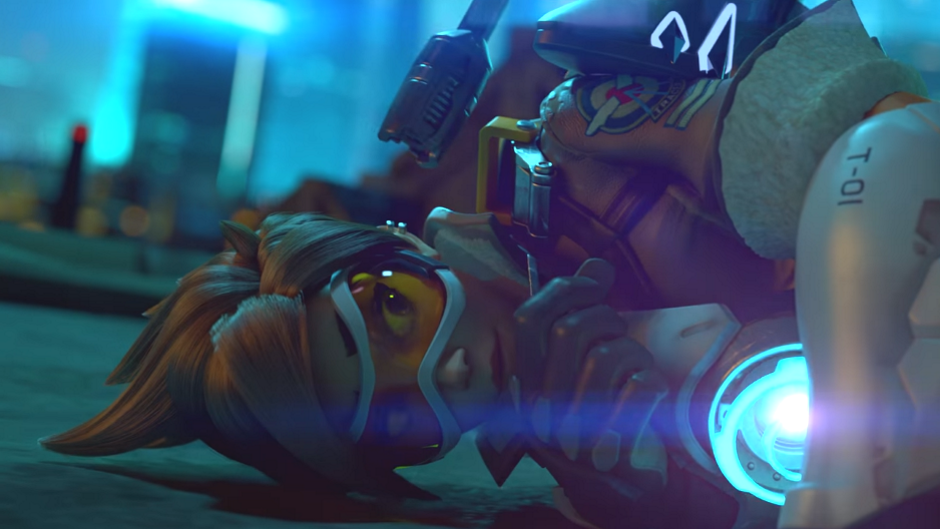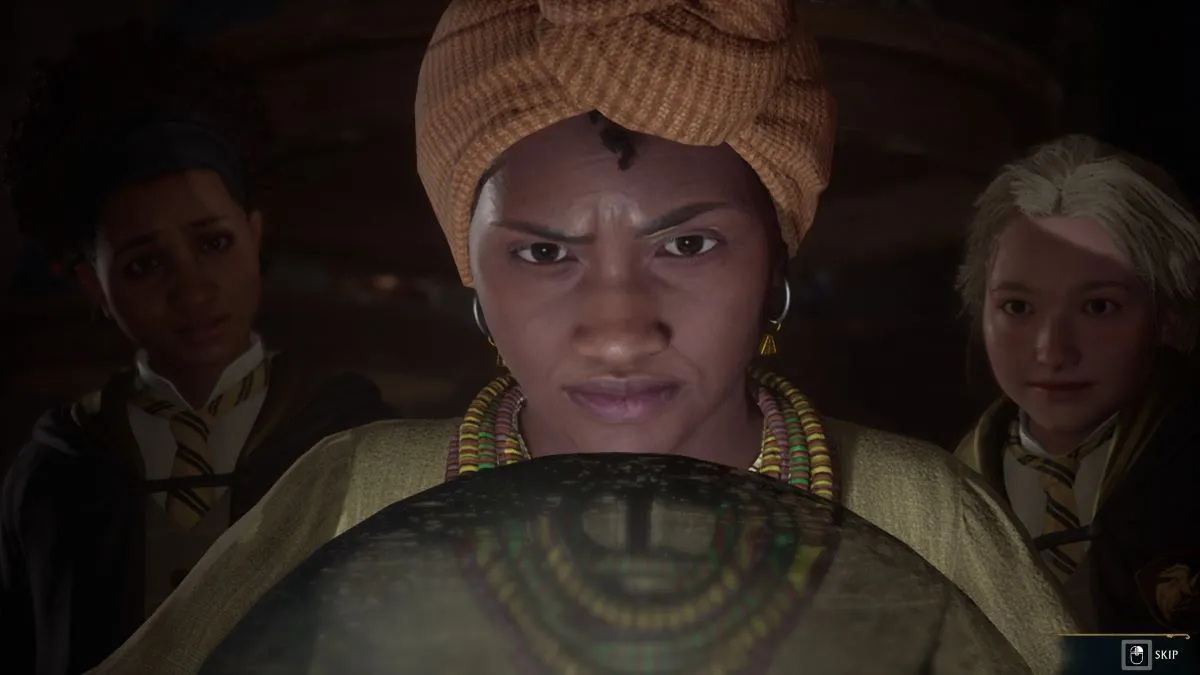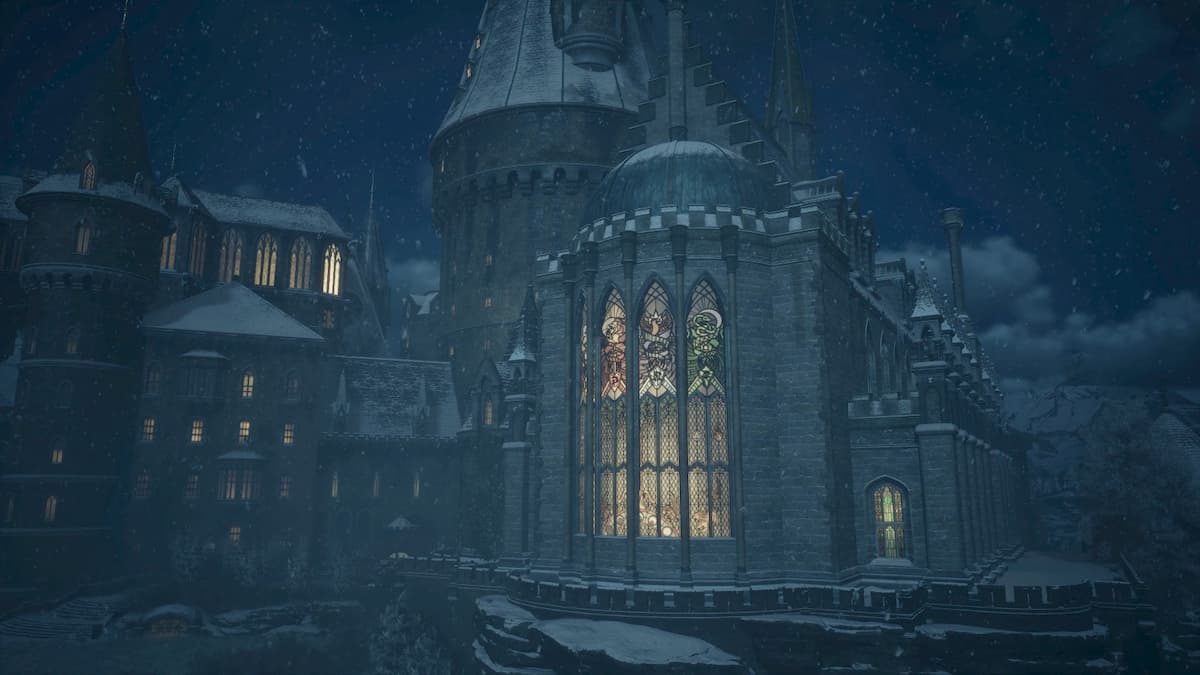I have a question: What does a cat, an ape, a wave, a Brit, an Austrian, and theoretical physics have in common? If you said “quantum mechanics” then you’d be absolutely right. If you didn’t say quantum physics, then I will explain it in this week’s Sciencing the Shit Out of Video Games article.
Today, we cover a game that took me awhile to really want to jump into, although I’m really not sure why. Of course, I’m talking about Overwatch.
Surprisingly, the cinematics for the game, which is mostly about shooting the other team until they die, actually are deep, meaningful, and have fun backstories for its characters. Perhaps that’s one of the reasons that Overwatch has struck a chord with so many people. The characters are layered. The first of these cinematics that really caught my eye wasn’t the one in the museum one, but rather the fight between Widowmaker and Tracer.
The climax of the fight comes when Widowmaker fires a bullet toward Tracer that she couldn’t naturally dodge, so she ‘blinked’ out of the way. And the bullet hit Widowmaker’s actual intended target, Tekhartha Mondatta. In the game itself, Tracer can use this blink ability every three seconds assuming she has the charge to do it. But the real question isn’t how often can she do it; it’s how does it work in the first place. I postulate that it doesn’t work the way you think it does. Today, I will tell you the real way that Tracer’s abilities work when we science the shit out of Overwatch!
Quantum tunneling
To really discuss this, we need to define a few things and some quantum mechanics that might just make your head spin. But since we have an intelligent audience here, I will give some of the basic details, then have links to some other places if you want to learn more about the quantum mechanics that I mention in this article.
Today, I’m going to use three terms that you should familiarize yourself if you truly wish to understand how it works: the Planck Constant, the Uncertainty Principle, and the deBrogilie wavelength. However, there is one item that I would like to discuss at length, and that’s quantum tunneling.
Perhaps at a later time, I can get into the principles behind the deBrogilie wavelength, but the general idea is that once we get to a certain level of minutia that the actual location of an object is less of a fixed location and more of a wave of probable locations. In fact, there is a distinct probability that we are not sitting in the location we think we are. We might actually be on the moon or maybe the other side of the world, but the deBrogile wavelength defines the reasonable probability of the location of an object. So, the chances that we are actually on the other side of the world or sitting on the moon are highly unlikely.
At the nuclear level, the strong nuclear force binds the probability of a particle’s location to within the nucleus of the atom. However, it doesn’t bind the probability 100%. There is a possibility that the particle could be on the other side of the strong nuclear force. That is what we call quantum tunneling.
The Double Slit Experiment
Let me give you another example that doesn’t require as much theoretical thinking: the Copenhagen Interpretation and the Double Slit Experiment.
If you were to bob an object up and down in a pool of water, it makes waves spreading out from the object. If you were to then place a barrier in the water, the waves would bounce back in on themselves. However, if you were to cut two slits in the barrier, then it would again split the wave and a pattern of alternating currents would appear, some parts canceling each other out and other parts being magnified. This shows a pattern of two waves being in phase and out of phase with each other. This type of pattern can also be done with light. In fact, one of my favorite YouTube channels did just that: Veritasium.
This video also shows that even if you reduce the number of photons hitting the barrier to only one at time, the same pattern ultimately emerges. That means that an object, at the quantum level, is both an object and a wave at the same time, and it will follow the same pattern of probability regardless of interference.
The thought is that a photon is in multiple locations at once. Then when we observe the photon, we collapse its wave function, and it appears in a probable location, much like Schrodinger’s cat that I talked about last week.
 Let’s move back to Tracer
Let’s move back to Tracer
What if there was an experiment, say with a fighter jet that had an ability to broaden its deBrogilie wavelength and actually move through probability space. Let’s call this jet Slipstream and its pilot Tracer. And if during a freak accident the properties of the jet where somehow granted to its pilot, then it would be possible for the pilot to also teleport. However, it might be difficult for the pilot to maintain her position in spacetime because of her very broad deBrogilie wavelength.
The probability of Tracer being in multiple locations across spacetime is greatly increased the further the deBrogilie wavelength distances itself from the from the Planck constant. Perhaps the chronal accelerator that Winston the ape made for Tracer doesn’t actually bind her in time, but rather it reduces her deBrogilie wavelength to below the Planck constant, therefore making her visible to the world around her.
The chronal accelerator could also be used to increase Tracer’s deBrogilie wavelength as well, so that she is able to quantum tunnel to another position in spacetime, say up to seven meters away from her present location or her position in reality three seconds ago.
That’s how I science the shit out of Tracer. But like all science, it isn’t true science until it’s proven wrong. How would you explain Tracer’s abilities? Let me know in the comments, and I will see you next week.











Published: Jul 28, 2016 10:18 am